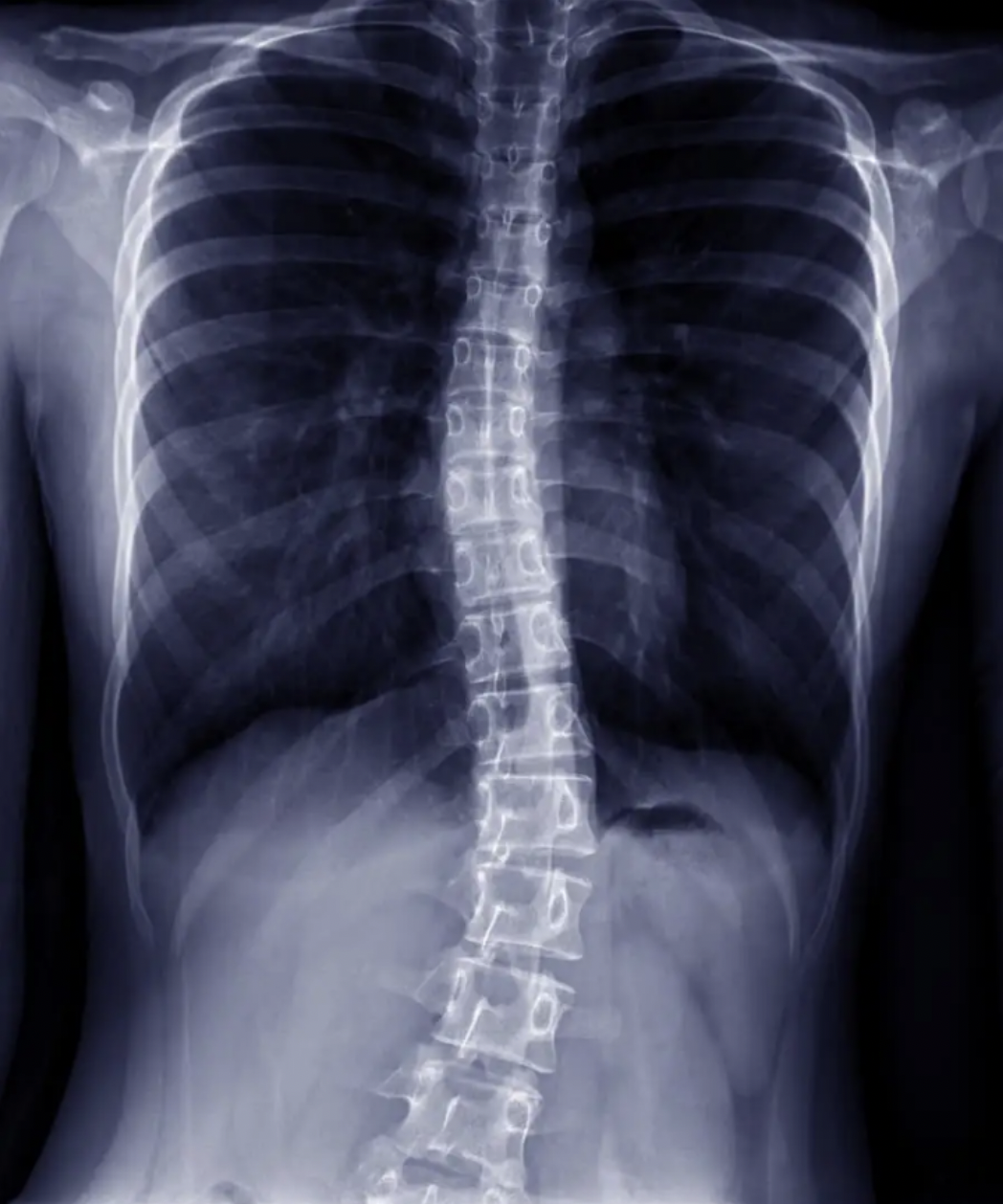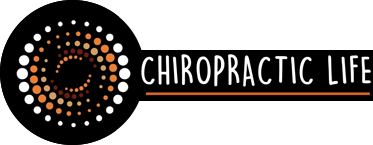
Introduction
Adam’s Forward Bend Test is a simple yet effective procedure used primarily for the early detection of scoliosis. Named after the British orthopaedist Dr. William P. Adams, this test has become a cornerstone in scoliosis screening programs worldwide due to its non-invasive nature and ease of application.
Scoliosis Detection
Scoliosis, a lateral curvature of the spine that can lead to significant physical deformity and discomfort, often begins in childhood or adolescence. Early detection is crucial for effective management and treatment.
The test helps detect scoliosis early, identifying when intervention can be most effective. It is a non-invasive procedure suitable for routine screenings and paediatric check-ups.
The Adam’s Forward Bend Test
The Adam’s Forward Bend Test involves the patient bending forward at the waist, with feet together, knees straight, and arms hanging freely. The examiner observes the patient from behind, looking for asymmetries in the rib cage or lower back. The key indicator for scoliosis is a rib hump or prominence on one side of the back, which suggests a rotational deformity of the spine.
1. Patient Position: The patient stands with feet together and bends forward at the waist, aiming to touch their toes.
2. Examiner’s Position: The examiner stands behind the patient, observing for any asymmetry along the spine, particularly a rib hump or unevenness in the back.
3. Scoliometer: a scoliometer may be used for more precise measurement. This device quantifies the angle of trunk rotation, providing an objective measure of the deformity.
The Adam’s forward bend test can be assessed differently from several angles. For example, the examiner can assess rib and lower back prominence from a position in front and behind the patient. Additionally, suppose the examiner assesses from a side angle while the patient is bent forward. In that case, they can determine if a prominent C-shaped curve is outside the expected kyphosis (roundness).
Further testing can be done by examining the patient frontally in a standing position to note any unevenness in the shoulders, if one arm is hanging longer on one side, or if the hip appears higher on one side—each could suggest a spinal deformity.
Additionally, assessing the patient from behind in a standing position may also determine whether the shoulder blade is higher on one side or if the shoulders are uneven.

Can Chiropractic treatment help with Scoliosis?
In a 2017 study analysing chiropractic treatment for patients with adolescent idiopathic scoliosis, 90% of patients achieved positive outcomes (Morningstar et al. 2017).
Using the SOSORT criteria:
• 51.7% of patients achieved curve correction
• 38.3% achieved stabilisation
• In the curve correction group, the average total correction was 12.75°.
Overall, there was a 13% failure rate; however, this was due to the participants either not completing the program or having reached skeletal maturity before the program ended.
By addressing scoliosis in its early stages, chiropractors can often achieve better outcomes with less invasive interventions, potentially averting the need for surgical correction later in life.
How effective is the Adam’s forward bend test?
Numerous studies have validated the efficacy of the Adam’s Forward Bend Test in scoliosis screening. Research indicates that when used with other diagnostic tools, such as X-rays, the test significantly enhances the accuracy of scoliosis detection.
The test is a key component of many school-based scoliosis screening programs, which aim to identify students with spinal deformities early and allow timely referral to a specialist.
While the forward bend test is an excellent initial screening tool, a definitive diagnosis often requires further investigation through X-rays. A spinal diagnosis with a chiropractor can help confirm the presence and extent of spinal curvature using Cobb’s Angle to measure the degree of side-to-side spinal curvature. The degree of scoliosis can guide the course of treatment required, whereby your Chiropractor may refer you to another practitioner for treatment.
How accurate is the test?
Despite its advantages, Adam’s Forward Bend Test has limitations. Its accuracy can be affected by the examiner’s experience and the patient’s ability to bend forward correctly. Moreover, the test alone cannot determine the severity of scoliosis, necessitating additional diagnostic procedures.
Whilst doing a basic assessment at home using the Adam’s test is possible, the reliability will naturally vary based on the examiner’s experience and training.
Suppose you were to note any positive findings from the test. In that case, it typically should lead to further assessment, often involving X-ray imaging, to determine the exact nature and Cobbs Angle or degree of the spinal curvature.
Conclusion
The Adam’s Forward Bend Test remains an invaluable tool in the early detection of scoliosis. Its simplicity, cost-effectiveness, and non-invasive nature make it ideal for large-scale screenings or a simple at-home assessment. While it is not a definitive diagnostic tool, it is a great first step in identifying individuals who may require further evaluation and intervention. As scoliosis awareness and screening programs evolve, the Adam’s Forward Bend Test will remain a key component in the early detection of spinal deformity.
About Chiropractic Life
Chiropractic Life has over 50 practices in Australia and NZ, and its highly experienced chiropractors can provide detailed scoliosis diagnosis and testing. If you want to undertake a full chiropractic, orthopaedic, and neurological assessment with a more thorough scoliosis and spinal assessment, go to www.chiropracticlife.com.au/locations to find a practice nearest you.
References
1. American Academy of Orthopaedic Surgeons. “Adams Forward Bend Test for Scoliosis Screening.” AAOS
2. Reamy, Brian V., and Tyson Slakey. “Adolescent Idiopathic Scoliosis: Review and Current Concepts.” American Family Physician, vol. 64, no. 1, 2001, pp. 111-116.
3. Kane, W.J. “School Screening for Scoliosis: A Prospective Epidemiological Study.” Journal of Bone and Joint Surgery, vol. 59, no. 2, 1977, pp. 253-255.
4. Weinstein, Stuart L. “Natural History and Treatment Outcomes of Childhood and Adolescent Scoliosis.” The Spine Journal, vol. 8, no. 2, 2008, pp. 290-298.
5. Hresko, M. T., Schwend, R. M., & Hostin, R. A. (2018). Early Detection of Scoliosis—What the USPSTF “I” Means for Us. JAMA Pediatrics, 172(3), 216–217. https://doi.org/10.1001/jamapediatrics.2017.5585

Recent Comments